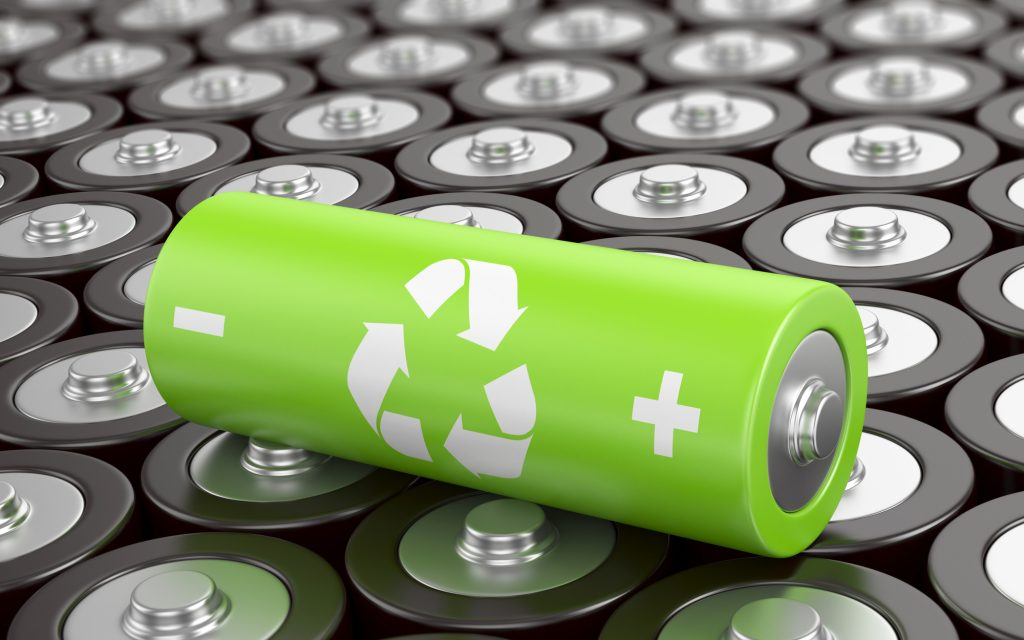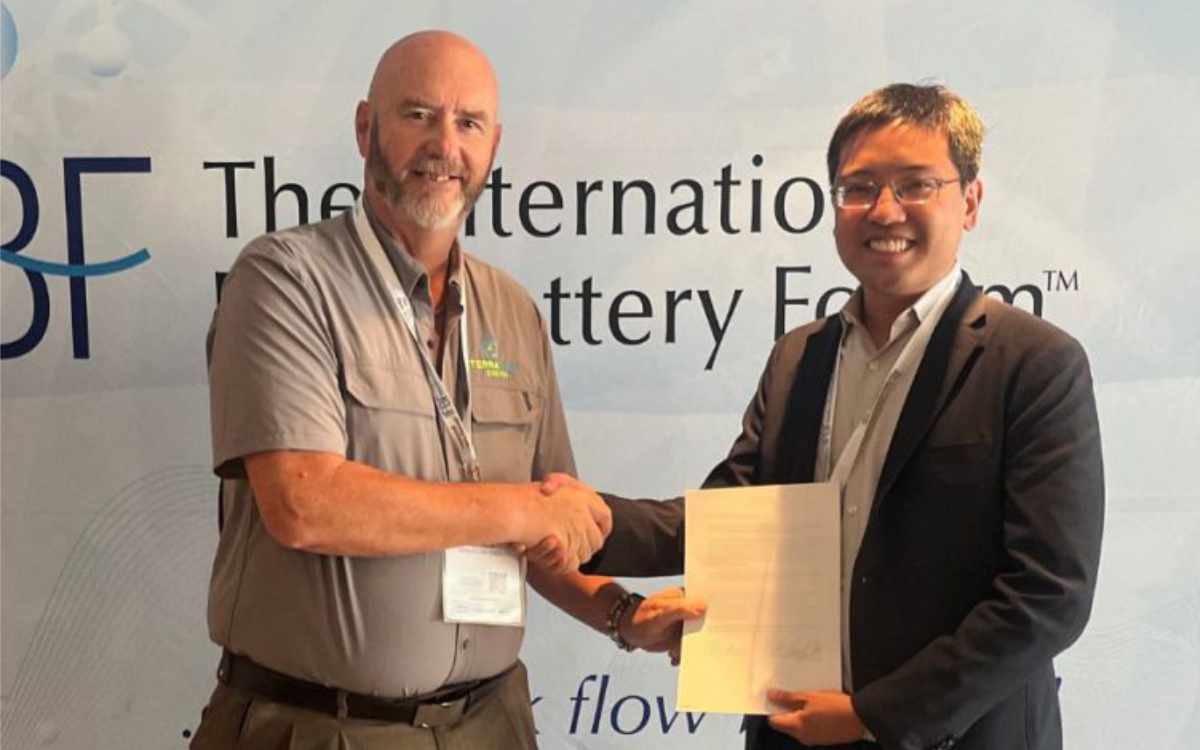A team from University of Michigan has shown that recycled Kevlar can increase the cycle life of lithium-sulfur batteries to a thousand-plus cycles.
A network of aramid nanofibers, recycled from Kevlar, enables lithium-sulfur batteries to reach five times the capacity of industry-standard lithium-ion, say the team.
Lead researcher Nicholas Kotov, the Irving Langmuir Distinguished University professor of Chemical Sciences and Engineering, said previous reports claiming several hundred cycles for lithium-sulfur batteries, were achieved at the expense of capacity, charging rate, resilience and safety.
He said: “The challenge nowadays is to make a battery that increases the cycling rate from the former 10 cycles to hundreds of cycles and satisfies multiple other requirements including cost.
“Biomimetic engineering of these batteries integrated two scales— molecular and nanoscale. For the first time, we integrated ionic selectivity of cell membranes and toughness of cartilage.
“Our integrated system approach enabled us to address the overarching challenges of lithium-sulfur batteries.”
Previously, the team had relied on networks of tough aramid nanofibers infused with an electrolyte gel to stop dendrite growth.
Previous research
Lithium-sulfur batteries suffer from small molecules of lithium and sulfur forming and flowing to the lithium, attaching themselves and reducing the battery’s capacity.
So any membrane must allow lithium ions to flow from the lithium to the sulfur and back, and block the lithium and sulfur particles, known as lithium polysulfides— this ability is called ion selectivity.
Inspired by biological ion channels, the scientists engineered highways for lithium ions where lithium polysulfides could not pass the toll.
The lithium ions and lithium polysulfides are similar in size, so the team mimicked pores in biological membranes by adding an electrical charge to the pores in the battery membrane by harnessing the lithium polysulfides themselves.
They stuck to the aramid nanofibers, and their negative charges repelled the lithium polysulfide ions that continued to form at the sulfur electrode. Positively charged lithium ions, however, could pass freely.
Kotov said: “Achieving record levels for multiple parameters for multiple materials properties is what is needed now for car batteries.”
Kotov says the design is “nearly perfect,” with its capacity and efficiency approaching the theoretical limits.
It can also handle the temperature extremes of automotive life.
The research was funded by the National Science Foundation and the Department of Defense.
The team studied the membrane at the Michigan Center for Materials Characterization, at The University of Michigan.
Image: A diagram of the battery shows how lithium ions can return to the lithium electrode while the lithium polysulfides can’t get through the membrane separating the electrodes. In addition, spiky dendrites growing from the lithium electrode can’t short the battery by piercing the membrane and reaching the sulfur electrode. Image credit: Ahmet Emre, Kotov Lab












